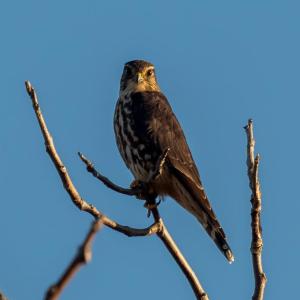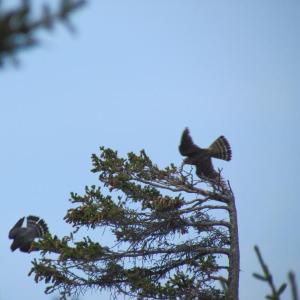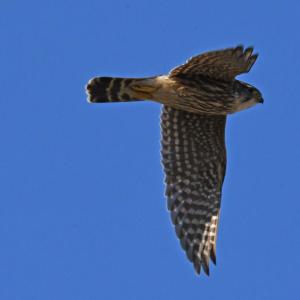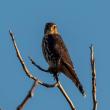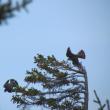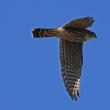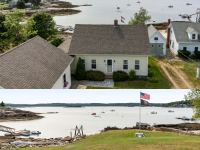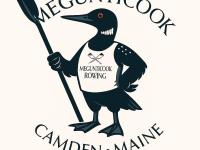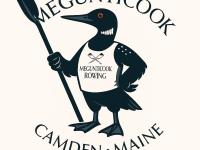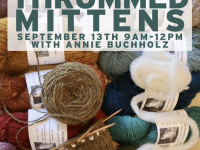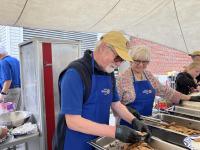Merlins are Always Special
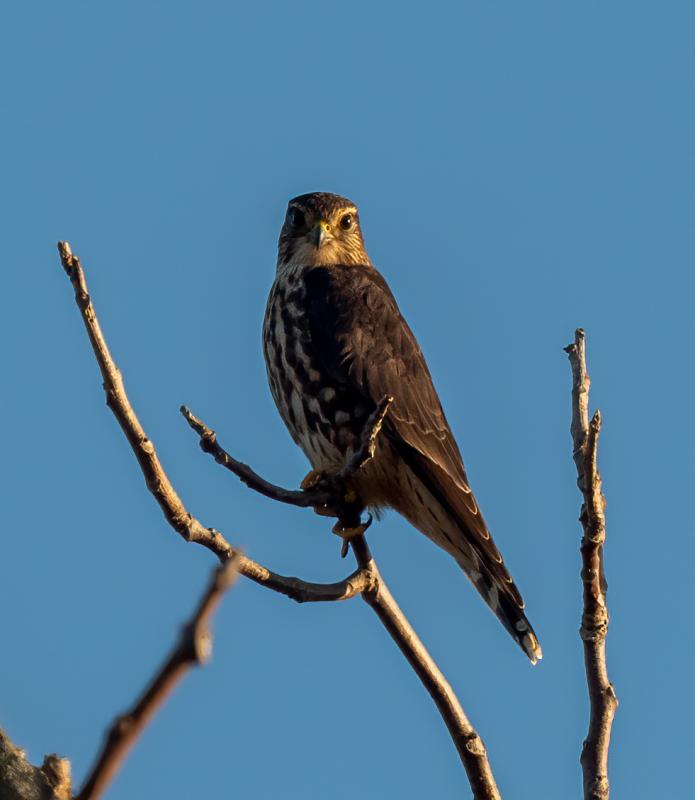 In the late 1970s and early 1980s, merlin populations had just begun to bounce back from declines as a result of DDT and other pesticides. Photo by Rhododendrites, courtesy of Wiki Commons
In the late 1970s and early 1980s, merlin populations had just begun to bounce back from declines as a result of DDT and other pesticides. Photo by Rhododendrites, courtesy of Wiki Commons
 During their spring courtship period, pairs of merlins can sometimes be seen loudly calling and displaying as they zip through the treetops. Courtesy of Jeff Wells
During their spring courtship period, pairs of merlins can sometimes be seen loudly calling and displaying as they zip through the treetops. Courtesy of Jeff Wells
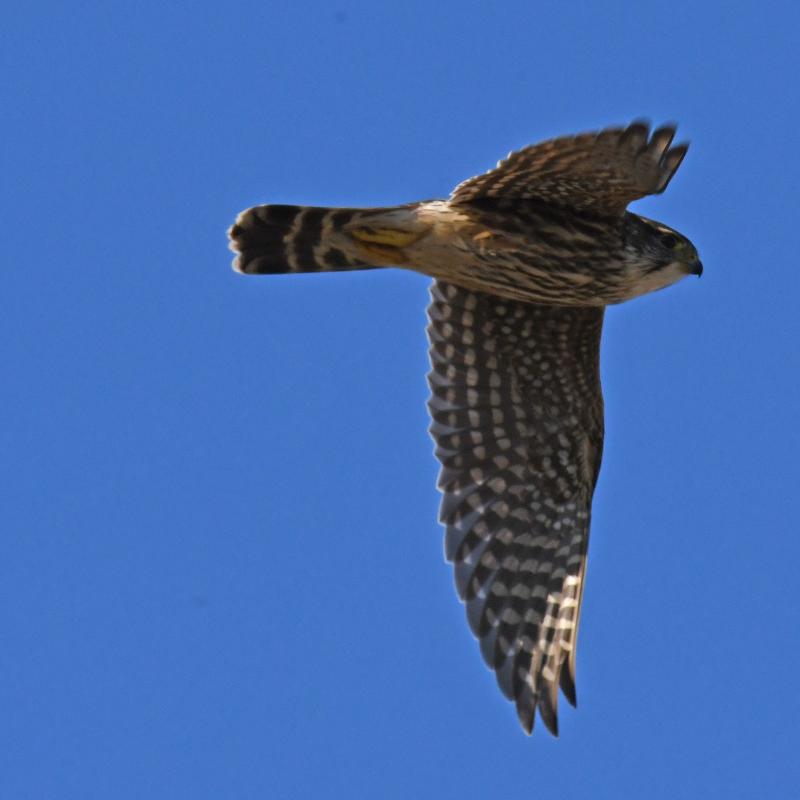 A faithful reader wrote in recently to tell us that a pair of merlins had become summer residents in her area of East Boothbay—the first time she had found them in the 28 years she has been there. Photo by wolfartist, courtesy of Wikimedia
A faithful reader wrote in recently to tell us that a pair of merlins had become summer residents in her area of East Boothbay—the first time she had found them in the 28 years she has been there. Photo by wolfartist, courtesy of Wikimedia
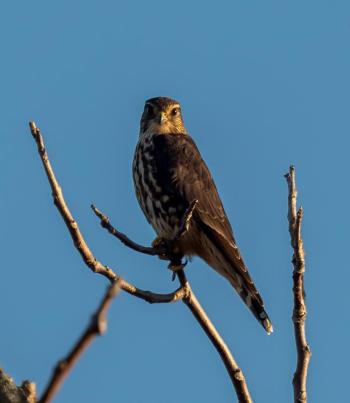 In the late 1970s and early 1980s, merlin populations had just begun to bounce back from declines as a result of DDT and other pesticides. Photo by Rhododendrites, courtesy of Wiki Commons
In the late 1970s and early 1980s, merlin populations had just begun to bounce back from declines as a result of DDT and other pesticides. Photo by Rhododendrites, courtesy of Wiki Commons
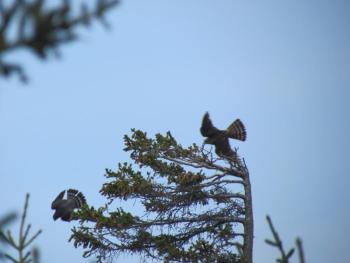 During their spring courtship period, pairs of merlins can sometimes be seen loudly calling and displaying as they zip through the treetops. Courtesy of Jeff Wells
During their spring courtship period, pairs of merlins can sometimes be seen loudly calling and displaying as they zip through the treetops. Courtesy of Jeff Wells
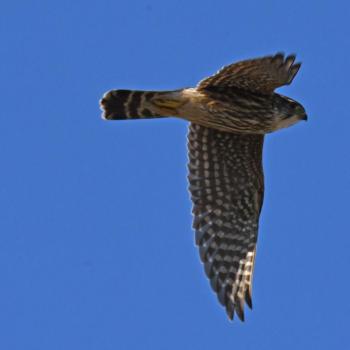 A faithful reader wrote in recently to tell us that a pair of merlins had become summer residents in her area of East Boothbay—the first time she had found them in the 28 years she has been there. Photo by wolfartist, courtesy of Wikimedia
A faithful reader wrote in recently to tell us that a pair of merlins had become summer residents in her area of East Boothbay—the first time she had found them in the 28 years she has been there. Photo by wolfartist, courtesy of Wikimedia
When we first started birding in the late 1970s and early 1980s, the sight of a merlin was a special treat. These small, dark falcons had just begun to bounce back from population lows as a result of DDT and other pesticides. If we were lucky, we might see one or two in fall migration—perhaps a few more if we were fortunate enough to spend time at a coastal hawkwatch.
We would never see a merlin in summer in those days. No one did. It wasn’t until the late 1980s that the first merlin nest was found in Maine. Before that there was only a single record from prior to 1908, and the validity of that report was debated between some ornithologists as far as its certainty.
But in the last 30 years, merlins have increased in numbers and expanded to nest across most of Maine. This past summer, in the course of doing everyday activities from walking the dog to attending a funeral, we have detected merlins at perhaps a dozen places. During the breeding season, the birds give a variety of high, quickly repeated calls that are very distinctive. Once you recognize the call, you will find them in many spots.
A faithful reader wrote in recently to tell us about her experience discovering that a pair of merlins had become summer residents in her area of East Boothbay—the first time she had found them in the 28 years she has been there.
Merlins are about the length of a blue jay but a bit meatier. They are slightly larger than the other small falcon we have here in Maine, the American kestrel. Like all falcons, merlins have proportionately long, narrow wings with pointed tips and a relatively long, narrow tail. They are incredibly fast, and they use that speed to catch their primary prey—small birds and sometimes dragonflies or other large, flying insects. They will catch small mammals, too, when this food source is abundant.
Merlins don’t make their own stick nests but instead re-use old nests of crows and hawks for their nest platform. In fact, merlins, in some parts of Europe (merlins nest across northern North America, Europe, and Asia), nest regularly on the ground. Merlins that breed in Alaska, Canada, and the northeastern U.S. largely depart in the fall, although increasingly more are found overwintering even here in Maine.
We have fond merlin memories of waiting for our young son while he was at the summer basketball camp at Bowdoin College. We’d hear the sounds of nesting merlins coming from the pines near the gymnasium parking lot interspersed with the occasional nasal calls of fish crows. Maybe the merlins liked that area because there were old fish crow nests that they could use for nest platforms?
Some merlins migrate as far south as northern South America. We have regularly seen merlins in winter on the islands of Aruba, Curaçao, and Bonaire just off the coast of Venezuela. These merlins are often seen scaring up small sandpipers, but some may also feed on the often-abundant dragonflies as well as other small migrant and resident songbirds.
Even though we see merlins a lot more now than we did years ago, we still feel that same excitement each time we see one of these remarkable little falcons flash past. In fact, we saw one fly over being chased by two chimney swifts just a few hours before we wrote this column!
Jeffrey V. Wells, Ph.D., is a Fellow of the Cornell Lab of Ornithology and Vice President of Boreal Conservation for National Audubon. Dr. Wells is one of the nation's leading bird experts and conservation biologists. He is a coauthor of the seminal “Birds of Maine” book and author of the “Birder’s Conservation Handbook.” His grandfather, the late John Chase, was a columnist for the Boothbay Register for many years. Allison Childs Wells, formerly of the Cornell Lab of Ornithology, is a senior director at the Natural Resources Council of Maine, a nonprofit membership organization working statewide to protect the nature of Maine. Both are widely published natural history writers and are the authors of the popular books, “Maine’s Favorite Birds” (Down East Books) and “Birds of Aruba, Bonaire, and Curaçao: A Site and Field Guide,” (Cornell University Press).

